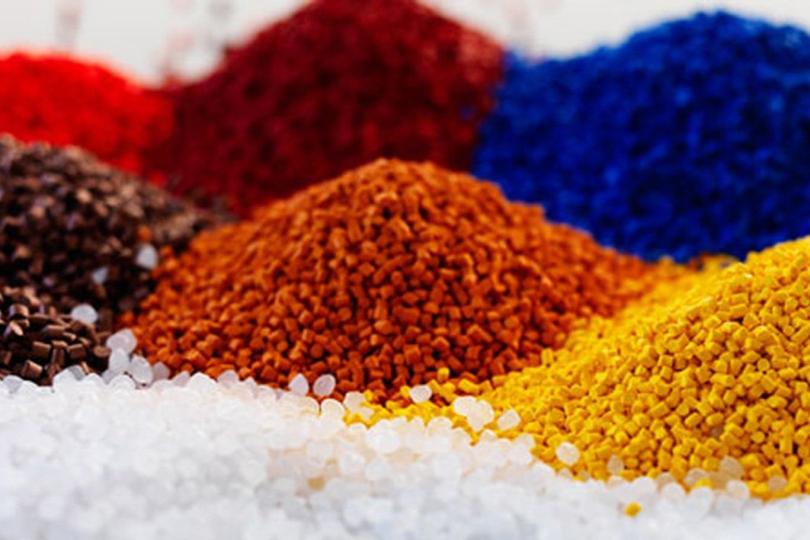How to reduce waste in pallet companies
Plastics are classified according to their structure, their properties and their heating behavior.
In principle, three typical behaviors of plastics can be distinguished:
thermoplastic (at high temperatures it becomes "plastic" - thermoplastic materials or plastomers)
thermosetting (at high temperatures it breaks down without first becoming "plastic" - thermosetting plastics)
elastomeric (already at room temperature it has an elastic behavior - elastomers)
Thermoplastic materials
Thermoplastic materials are amorphous or partially crystalline polymers. They consist of linear or branched macromolecules, soften repeatedly on heating to melting and solidify on cooling. Thermoplastic materials are weldable. Semi-finished products of hard thermoplastic materials can be extensively hot deformed. Depending on the field of application, thermoplastic materials are divided into:
so-called standard plastics, such as polyethylene (PE), polystyrene (PS), hard or soft polyvinyl chloride (PVC-H, PVC-W), polypropylene (PP), polycarbonate (PC)
engineering plastics such as polyamide (PA), polyoxymethylene (POM)
High-performance polymers, e.g. polyacrylate ether ketone (PAEK)
Thermosetting plastics
If thermosetting plastics are heated, their mechanical behavior changes little. These plastics are not cross-linked before processing and harden into their final form by heating or by adding a hardener. Thermosetting plastics are then particularly resistant to heat and chemicals and can no longer be plastically deformed. The operation is not repeatable. These plastics are harder and more brittle than thermoplastics.
Thermosetting plastics are not weldable, when cured by aging in organic solvents they are not soluble, sometimes expandable. Thermosetting plastic preliminary products are available on the one hand as "molding material" for processing as a melt and subsequent thermal aging; on the other hand as "reaction casting resins" that can be processed at room temperature and aged catalytically.
The following resins are distinguished as thermosetting plastics:
phenolic (PF), amine resins
polyurethane (PUR)
epoxy (EP), often glass-fiber reinforced, processed plastics
unsaturated polyester (UP) - casting resins
Elastomers
Elastomers are plastics that are characterized by high elasticity in a wide range of temperatures. Depending on the type, they are more or less elastic, such as ebonite or elastic rubber. After expansion, the elastomer returns almost completely to its original state and also regains its original length.
Elastomers are usually processed in the plastic state before cross-linking by adding a vulcanization agent or cross-linking accelerator. Some examples of rubbers:
natural (NR)
chloroprene (CR)
acrylonitrile-butadiene (NBR)
ethylene-propylene terpolymer (EPDM)
styrene-butadiene (SBR)
Thermoplastic Elestomers (TPE)
Thermoplastic elastomers are thermoplastically processable polymers with characteristics of the type of elastomers. They are not chemically cross-linked. TPEs are mostly block copolymers with "hard" and "soft" zones. Above a determined temperature of the chemical structure, these polymers have good thermoplastic fluidity.
Fiber reinforced plastics (FVK)
Composite materials are defined as those materials composed of several individual materials combined into a single material. In this way, the desired characteristics of the individual materials are combined into one. The material that results in an increase in strength or hardness in the composite is called the reinforcing component or reinforcing material; the other material that provides the strength of the structure is called the binder or matrix. If the reinforcing component is composed of fibers, it is called fiber-reinforced composite material.

